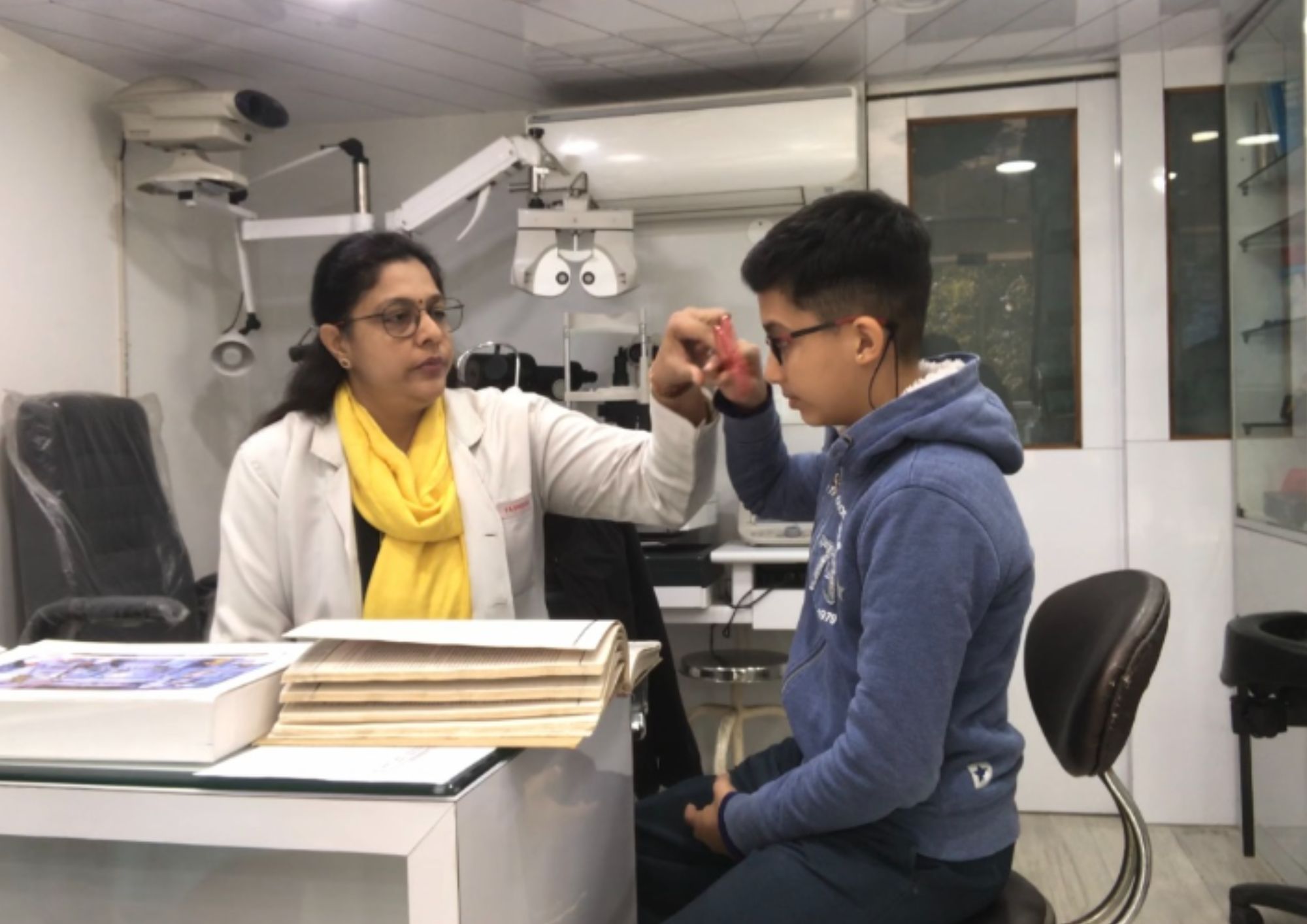Neighborhood Glaucoma Service Near Me: Relied On Professionals for Eye Wellness
Neighborhood Glaucoma Service Near Me: Relied On Professionals for Eye Wellness
Blog Article
The Function of Advanced Diagnostic Devices in Identifying Eye Disorders
In the world of ophthalmology, the usage of advanced analysis tools has revolutionized the very early recognition and monitoring of different eye disorders. From spotting subtle changes in the optic nerve to monitoring the progression of retinal illness, these technologies play an essential function in enhancing the accuracy and effectiveness of detecting ocular conditions. As the need for accurate and prompt medical diagnoses continues to grow, the combination of advanced devices like optical comprehensibility tomography and aesthetic area testing has come to be indispensable in the realm of eye treatment. The complex interplay between modern technology and ophthalmic practices not only clarifies detailed pathologies but additionally opens doors to customized treatment approaches.
Relevance of Early Medical Diagnosis
Early diagnosis plays a crucial duty in the reliable management and therapy of eye disorders. Timely identification of eye problems is vital as it permits punctual treatment, possibly stopping additional progression of the disease and decreasing long-term difficulties. By discovering eye problems at a beginning, doctor can supply proper therapy plans tailored to the details problem, eventually resulting in better end results for people. Furthermore, very early medical diagnosis allows clients to access essential assistance services and resources earlier, enhancing their overall lifestyle.

Technology for Identifying Glaucoma
Innovative analysis modern technologies play an important role in the very early discovery and tracking of glaucoma, a leading source of permanent loss of sight worldwide. One such technology is optical comprehensibility tomography (OCT), which provides comprehensive cross-sectional pictures of the retina, permitting the dimension of retinal nerve fiber layer density. This measurement is essential in assessing damage triggered by glaucoma. Another sophisticated device is aesthetic field testing, which maps the level of sensitivity of an individual's visual area, helping to discover any areas of vision loss characteristic of glaucoma. Furthermore, tonometry is made use of to measure intraocular pressure, a major threat element for glaucoma. This test is important as elevated intraocular stress can lead to optic nerve damage. Additionally, more recent modern technologies like making use of expert system algorithms in analyzing imaging data are revealing appealing cause the very early discovery of glaucoma. These innovative diagnostic tools make it possible for ophthalmologists to diagnose glaucoma in its early phases, enabling prompt treatment and better administration of the illness to avoid vision loss.
Role of Optical Coherence Tomography

OCT's capacity to measure retinal nerve fiber layer thickness enables for accurate and unbiased measurements, helping in the very early discovery of glaucoma also before visual field problems end up being noticeable. Overall, OCT plays an essential function in improving the analysis precision and monitoring of glaucoma, inevitably adding to far better outcomes for individuals at threat of vision loss.
Enhancing Diagnosis With Visual Area Testing
A vital part in thorough ophthalmic analyses, visual area screening plays a pivotal role in improving the analysis process for various eye problems. By examining the full degree of a client's visual field, this examination gives crucial information about the useful honesty of the whole visual pathway, from the retina to the aesthetic cortex.
Aesthetic area screening is especially important in the diagnosis and monitoring of problems such as glaucoma, optic nerve conditions, and various neurological diseases that can influence vision. With quantitative measurements of peripheral and central vision, medical professionals can discover subtle changes that might suggest the existence or progression of these disorders, also prior to noticeable signs and my company symptoms happen.
Additionally, visual field screening enables the monitoring of therapy efficacy, aiding ophthalmologists customize restorative treatments to specific people. eyecare near me. By tracking adjustments in aesthetic field performance in time, healthcare carriers can make educated choices regarding readjusting medicines, advising surgical treatments, or executing various other proper steps to maintain or improve a patient's visual feature
Managing Macular Deterioration

Final Thought
In conclusion, progressed diagnostic devices play a vital function in identifying eye problems early on. Technologies such as Optical Comprehensibility Tomography and visual area testing have actually substantially boosted the precision and efficiency of identifying conditions like glaucoma and macular deterioration.
Report this page